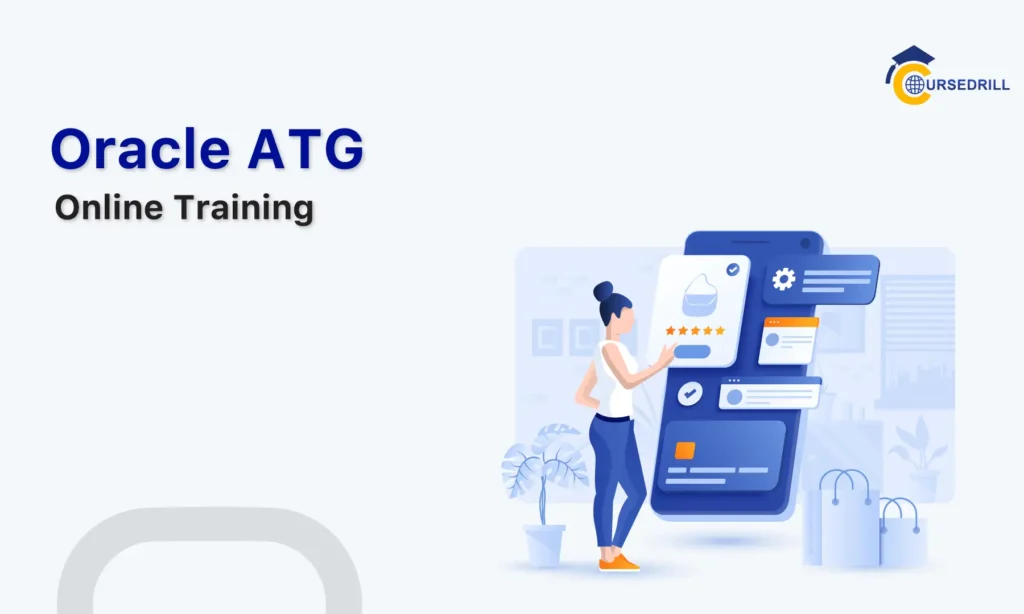- Posted on
- admin
- No Comments
How Proactive Network Monitoring Prevents Business Downtime
Online learning is on the rise, and it’s no wonder why: it’s more affordable, flexible, as well as accessible than traditional education. But just because online education is getting more popular doesn’t mean it’s automatically making people more employable. That part doesn’t get discussed a lot.
The truth is, more digital courses don’t always equal better job prospects because a lot of programs still miss the mark where it counts. They offer convenience but don’t necessarily teach skills employers are actually hiring for. There’s also a credibility problem. Sure, there’s a lot of talk about democratizing education, but that doesn’t change the fact that some hiring managers still believe online credentials are lesser. Bridging Education and Employability.
That said, it’s not all bad. Far from it. When designed well, online learning can absolutely improve your odds of getting hired, and in some cases, even give you an edge over traditional degrees. The challenge isn’t whether digital learning can boost employability (because it can). It’s whether it’s being built with that goal in mind.
The Gap Between Learning and Working
Here’s the real issue: too many online courses still fall into the trap of prioritizing theory over practice. They teach what a concept is, but not how to use it in the real world.
And employers aren’t just hiring degrees anymore. Most want proof of capability. And when an applicant shows up with a certificate but no applied skillset… well, you see the disconnect.
Even worse is when programs focus on trendy content (and there are a lot of them) rather than roles that actually need to be filled. You know, in the real world. The proof is in the pudding: there’s an ever-persisting shortage of qualified candidates in healthcare, manufacturing tech, and education support services, despite a huge number of job seekers.
How Online Education Can Actually Boost Employability
Enough about the negatives because there are plenty of positives, too. The main reason is that digital learning can absolutely be a career accelerator. But it needs to be done right.
So, let’s cut to the chase: what makes a program good? In short, it can’t just deliver decent content; it should also simulate the professional environment and align closely with what hiring managers expect from new talent.
Smarter Curriculum Design, Built for Workforce Alignment
The best platforms now reverse-engineer their curriculum based on national skills gaps and employer feedback. That means no fluff content, just real-world scenarios and job market alignment.
Let’s take healthcare support as an example. Entry-level positions like medical assistants or pre-nursing tracks don’t require a four-year degree, but they do require targeted prep. A well-structured pre-nursing program online, like the one offered by Georgia Military College, bridges the theory-practice gap. It’s a smart on-ramp to clinical roles or nursing degrees, designed to help candidates enter the workforce faster while setting them up for long-term credentials later.
Real-World Simulations
Simulation labs, now common in online programs, are also getting more popular. Whether it’s a virtual patient exam, a manufacturing prototype simulation, or an IT security incident drill, the goal is the same: to translate textbook knowledge into workplace-relevant execution.
According to LinkedIn’s 2024 Workplace Learning data, learners who set career goals engage with learning 4× more, and employers in strong learning cultures (so where hands‑on upskilling is integral) report significantly improved retention and internal mobility. That means candidates who show actual project-based or applied experience stand out more, regardless of degree type.
Networking, Mentorship, and Embedded Career Support
We can’t talk about employability without talking about connection (that would be ignoring the reality.
You could argue that traditional schools do this part better thanks to career fairs and alumni mixers. But online programs can replicate this with virtual networking platforms, peer communities, and industry-led mentorships. Top options don’t just teach job search strategy, they actually build in referral pipelines.
Which Programs Are Actually Moving the Employability Needle?
If you’re trying to separate noise from substance, focus on programs that do three things well:
- Map their curriculum to in-demand occupations (healthcare support, cybersecurity, data analytics, early childhood education),
- Embed hands-on components or practical projects,
- Offer clear pathways to licensure, certification, or higher credentials.
That’s it. Short-term vocational certificates in IT, medical billing, or logistics, for example, have proven ROI. So do programs designed around entry-to-mid-career transitions, especially if you’re reskilling from one industry to another. Long-term, fields with persistent labor shortages—like nursing, K–12 education, and allied health—continue to offer the best employability returns.
If you pick the right course, one that values practice as much as theory and speaks the language of today’s job market, you’ll not only learn but actually build momentum toward work that’s actually out there waiting.
Popular Courses



